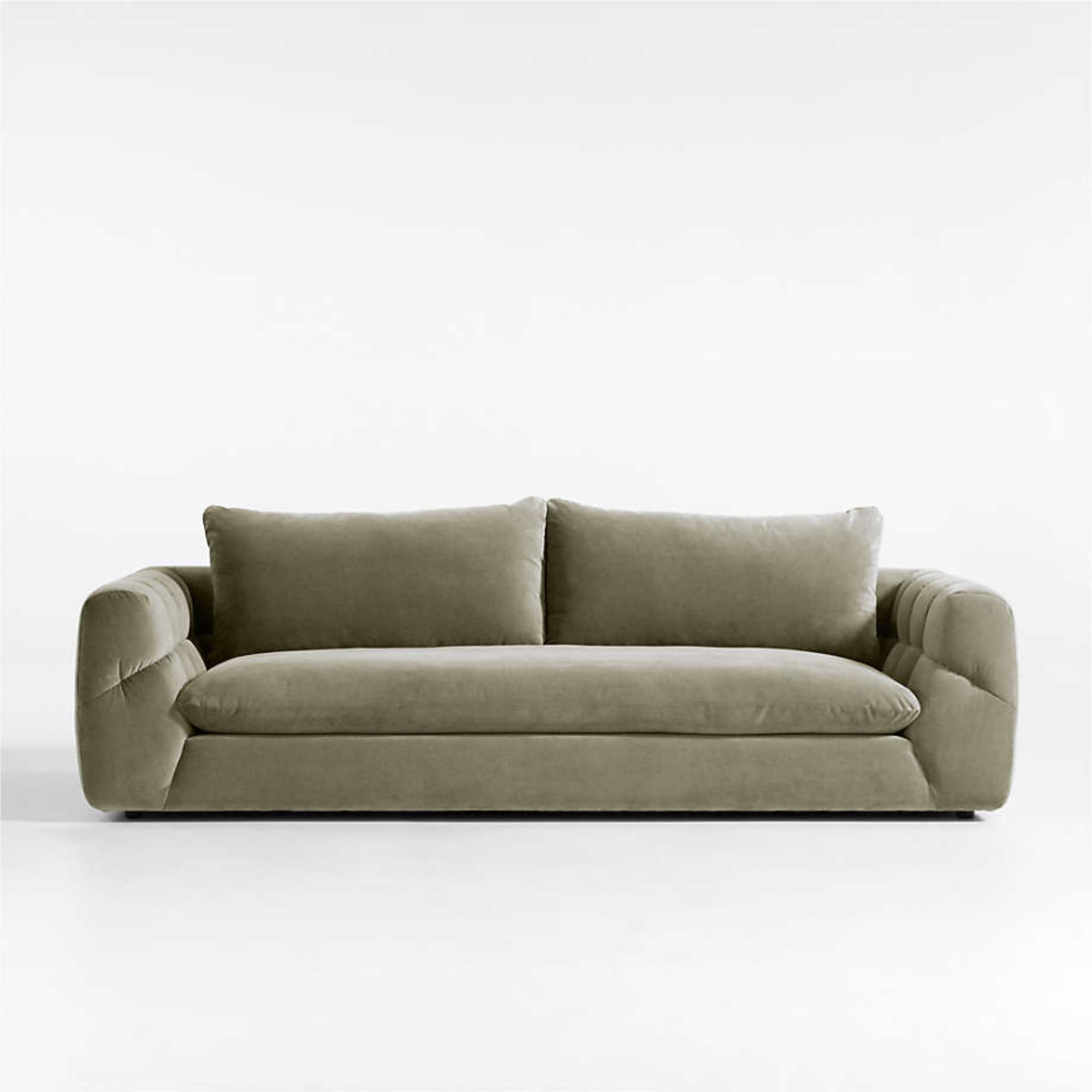Mandy Moore brings her living room alive with this designer-approved textural decorating technique
Varied materials are key to keeping minimal spaces interesting, according to experts


If there's one surefire way to add visual interest to an otherwise minimal space, it's through texture. Some materials are soft to the touch, like velvet or fur, while others dazzle with their intricacies, such as marble and rattan.
Take Mandy Moore's living space, for example. The singer and This Is Us star posted a photo of the room to her Instagram page, decorated with a slightly fluffed black-and-white rug, velvet, a wine-colored couch, and a woven chair. While these items could individually fit into completely different design styles, somehow, their varying textures work together perfectly.
Neutral lovers are likely the first to hop on using texture in interior design, as it's such a simple way to elevate a space from flat and muted to visually exciting, as designers explain.
A post shared by Mandy Moore (@mandymooremm)
A photo posted by on
'If you want to create intrigue without incorporating loads of colour, texture is your answer,' says Raft Furniture's Brand Director, Siobhan Quinn. 'Effective interior design is about creating a multi-sensory experience. A space should be rich with texture, inviting you to indulge from a tactile perspective, as well as drawing your eye in.'
Siobhan Quinn has been the Brand Director at sustainable, luxury furniture company Raft Furniture, since 1999.
Layering is another strategy when mixing textures; it creates dimension in a room as well as a through-line between the different materials.
'Mixing textures balances a space, especially if you incorporate different natural materials,' Quinn explains. 'An example of how I mix textures could be when staging a living room: an oversized wool rug, a teak and glass coffee table and a linen sofa dressed with a cashmere throw. Immediately you've made a statement, without even thinking about color.'
Have an affinity for color and pattern? Texture mixing can be conducted with bolder hues and prints, though there are some more considerations to keep in mind.
Design expertise in your inbox – from inspiring decorating ideas and beautiful celebrity homes to practical gardening advice and shopping round-ups.
'My rule of thumb is to make sure patterns and textures provide contrast with each other,' says Stephanie Purzycki, founder and CEO of The Finish. 'Rarely do I mix two similar patterns or textures together. I love to combine stripes with a floral or a large-scale ikat with a small hand-block print. The same goes for adding texture. A chunky knit pairs well with finer linen, a lush velvet pile can be paired with pretty silk. The key is to provide contrast and not do too much of the same!'

Soften a space with this yarn-dyed, light pink shag rug.

From $1,299.00 at Crate & Barrel
Modern meets rustic with this exquisite (and sturdy) marble and wood coffee table.

From $2,699.00 at Crate & Barrel
This luxurious olive green sofa is both modern and timeless in its shape and structure.

Hannah is Homes & Gardens’ News Editor, with a focus on celebrity style and entertainment content. She got her start in media as a digital editorial assistant at ELLE Canada, and has since written about lifestyle and culture for publications such as Nylon and i-D.
Her love of film is rivaled only by one with a great soundtrack, and she hopes to someday decorate a Nancy Meyers-worthy kitchen.